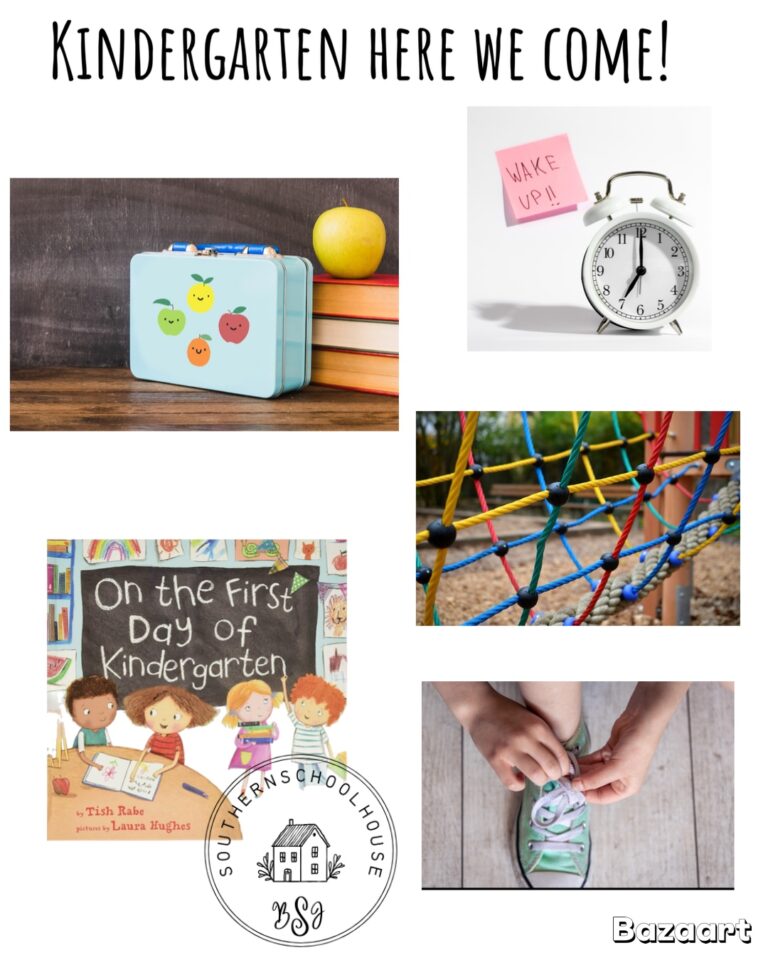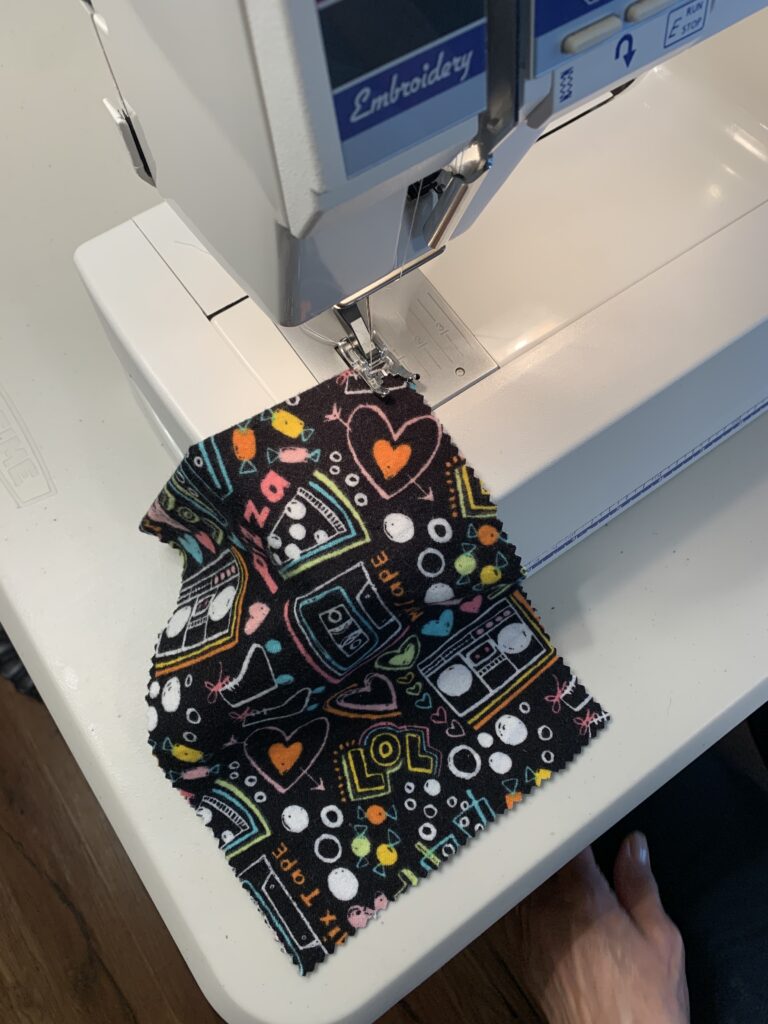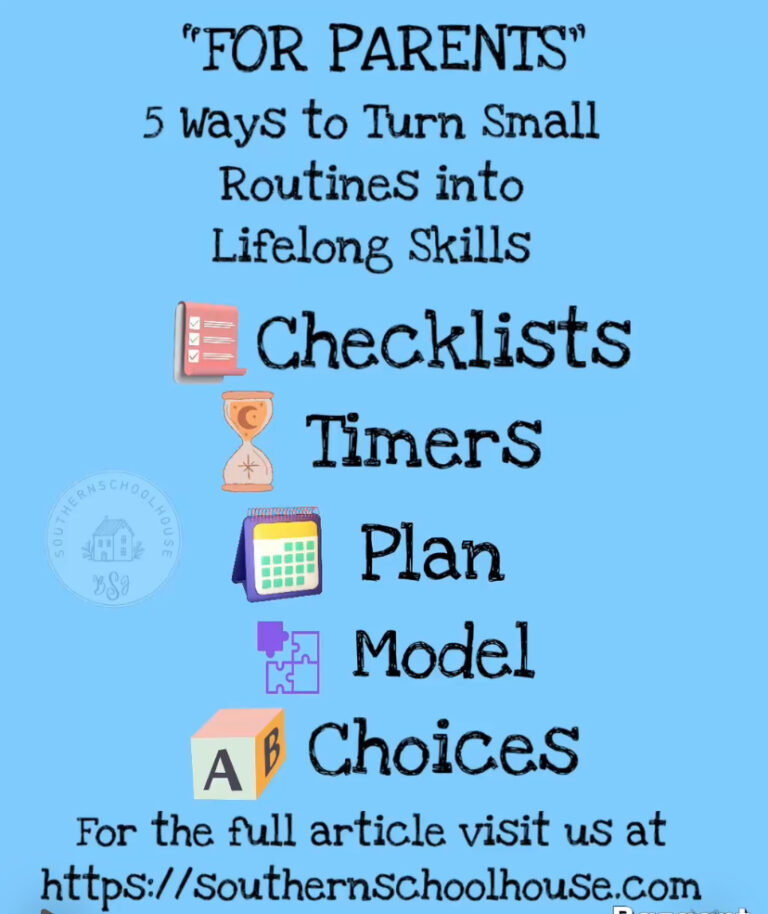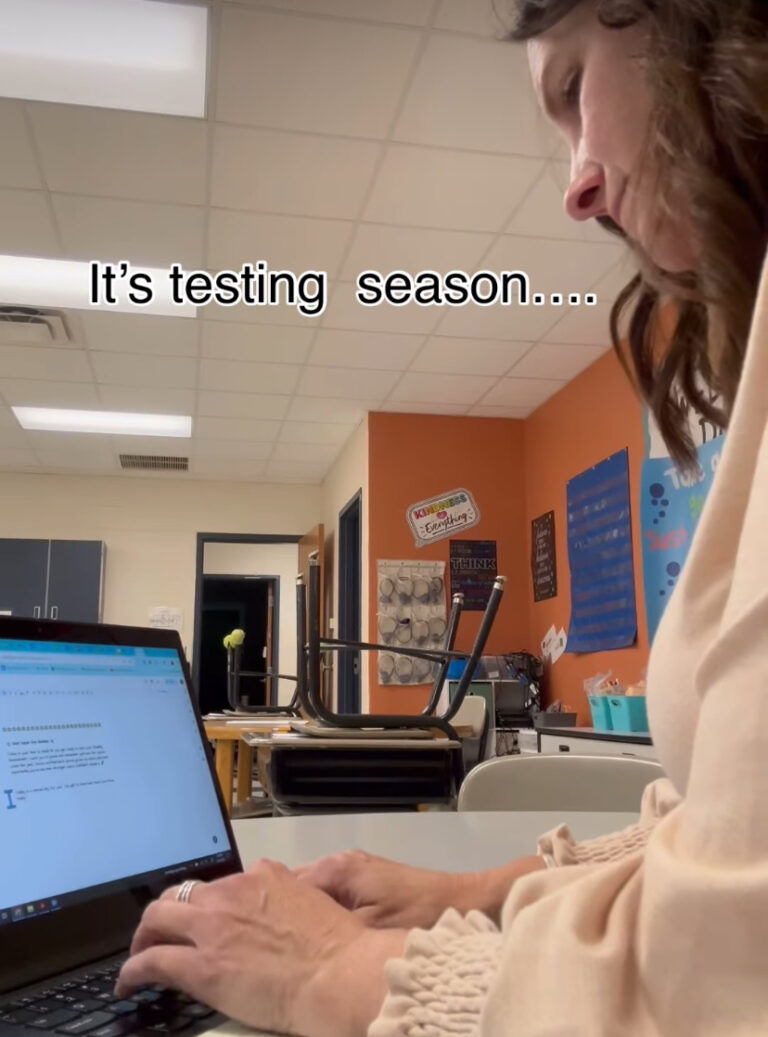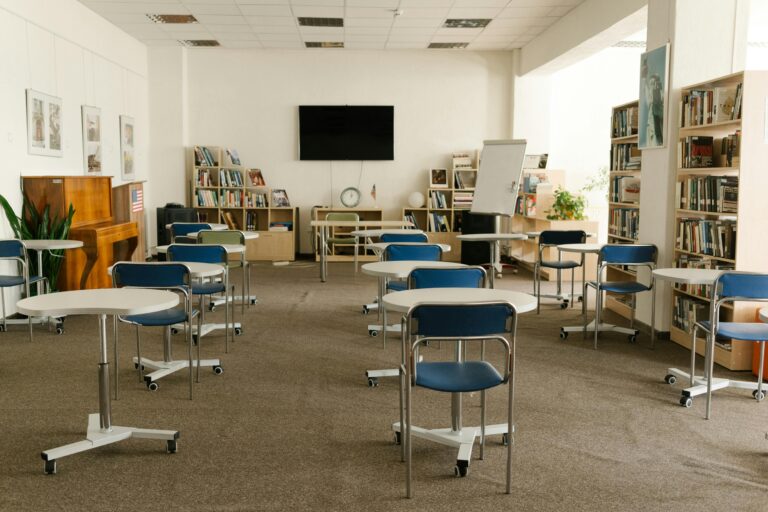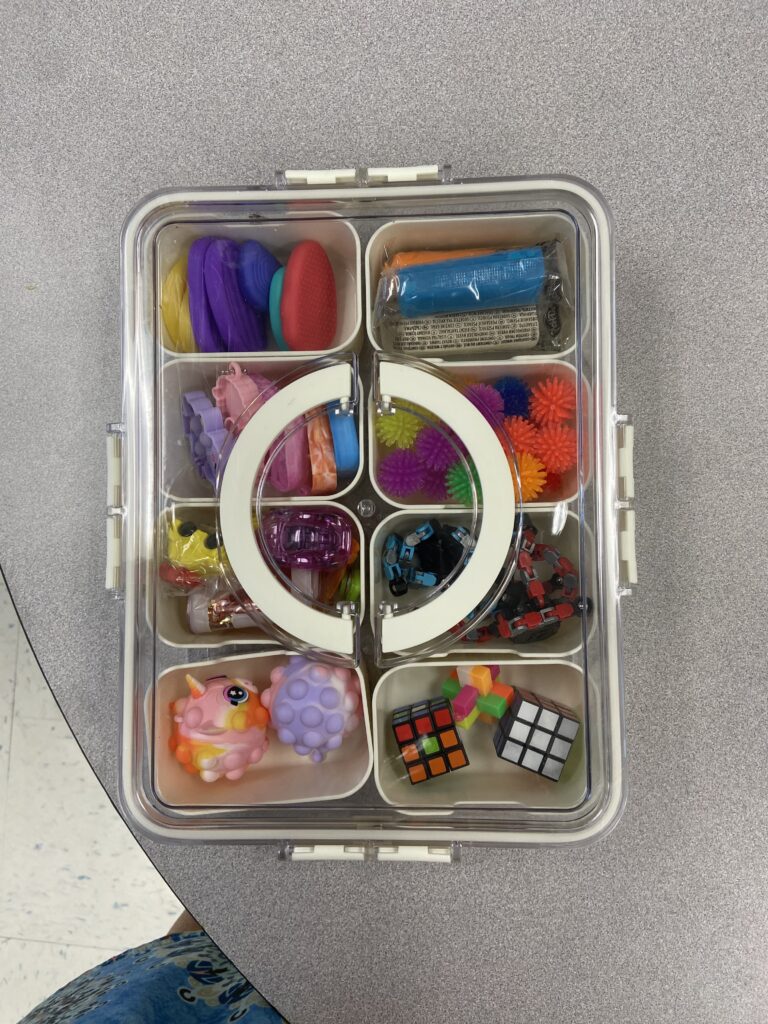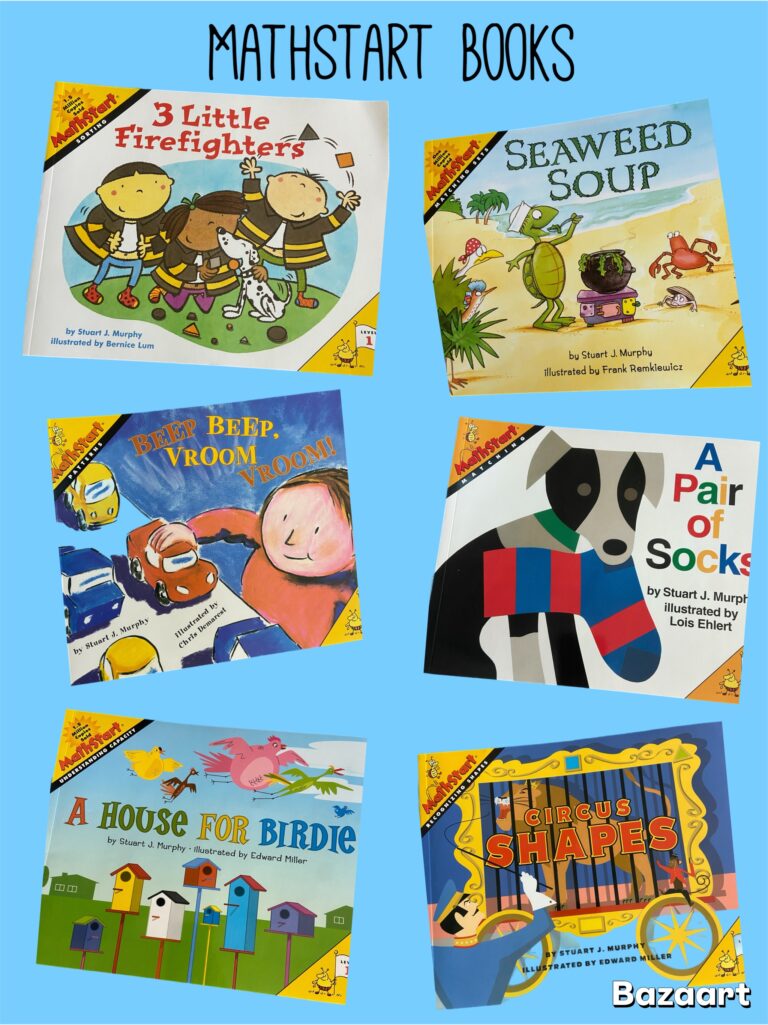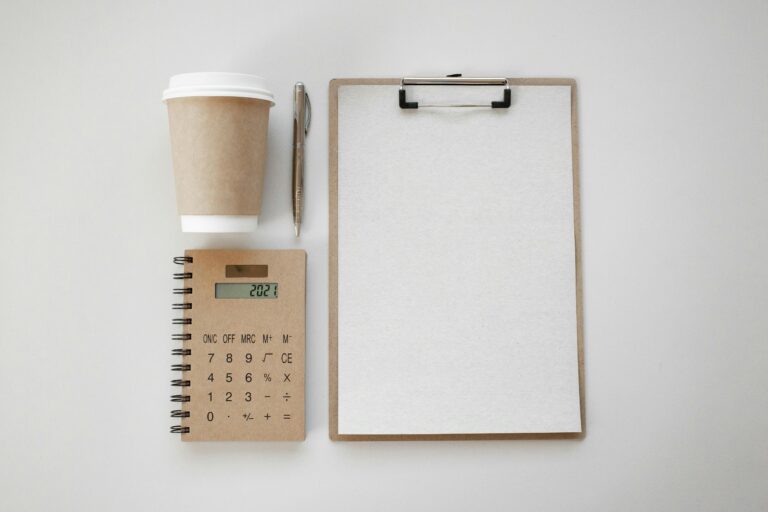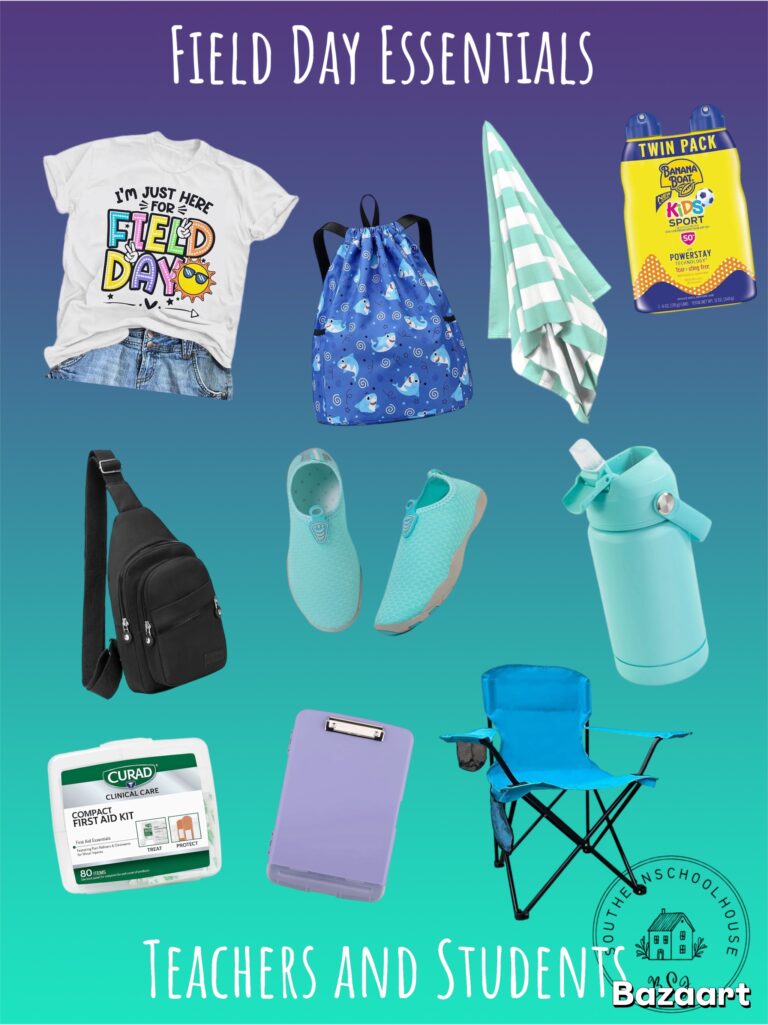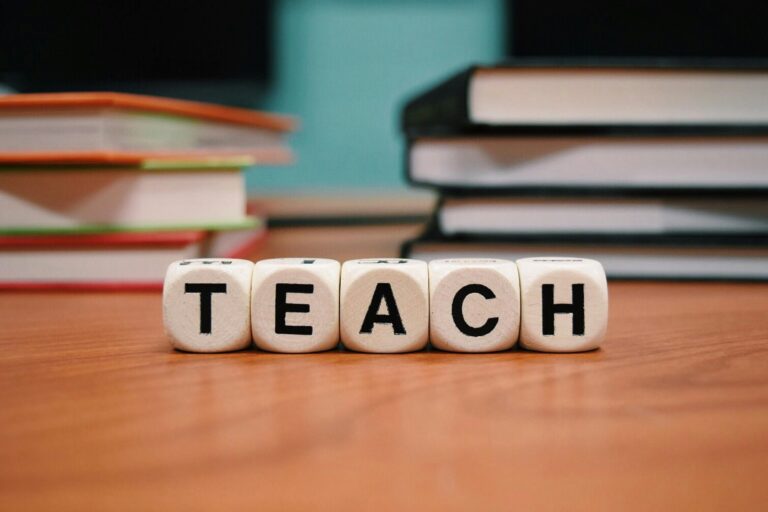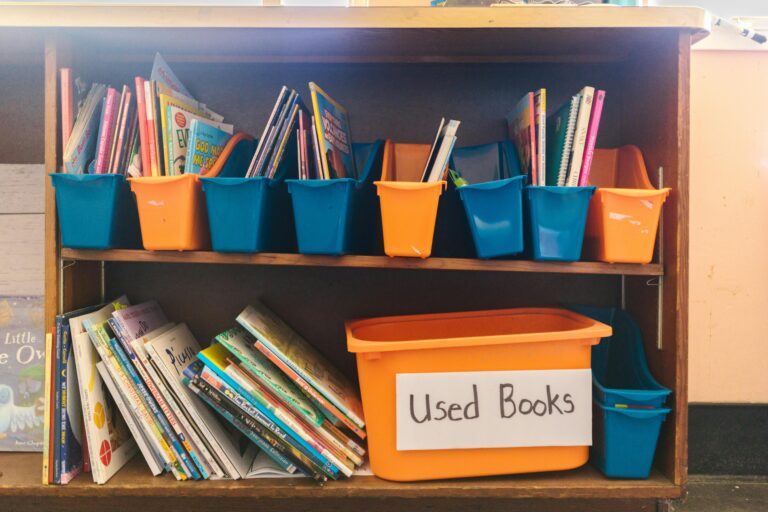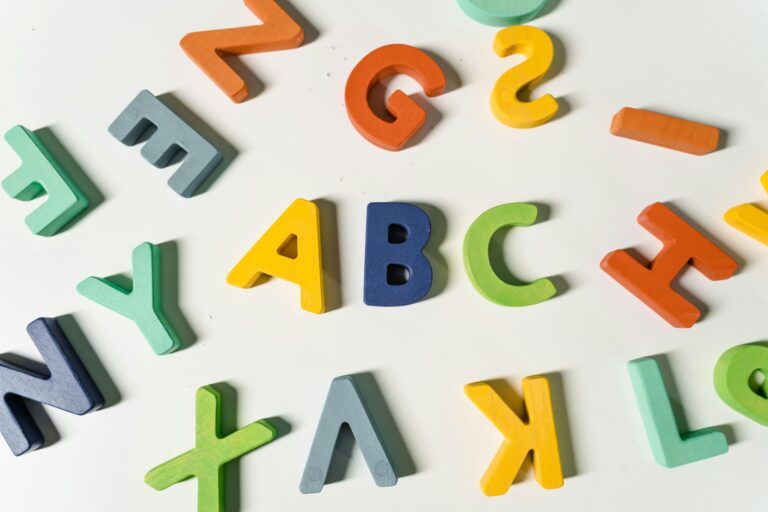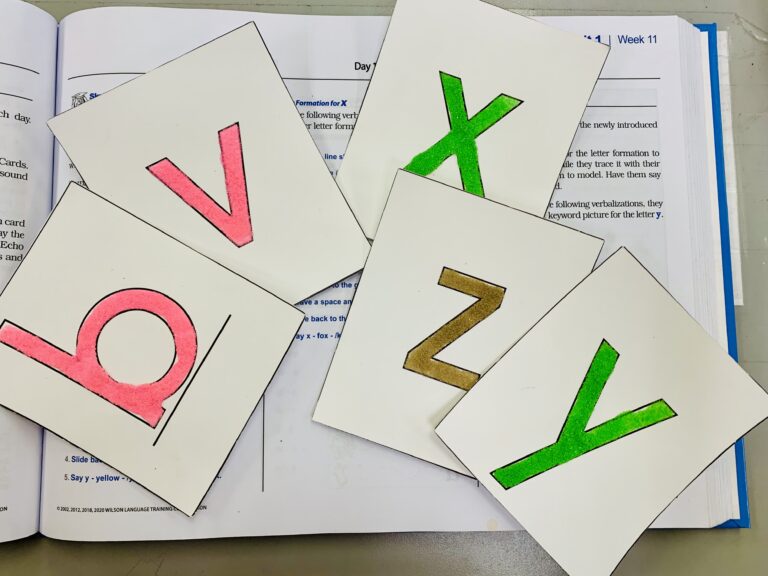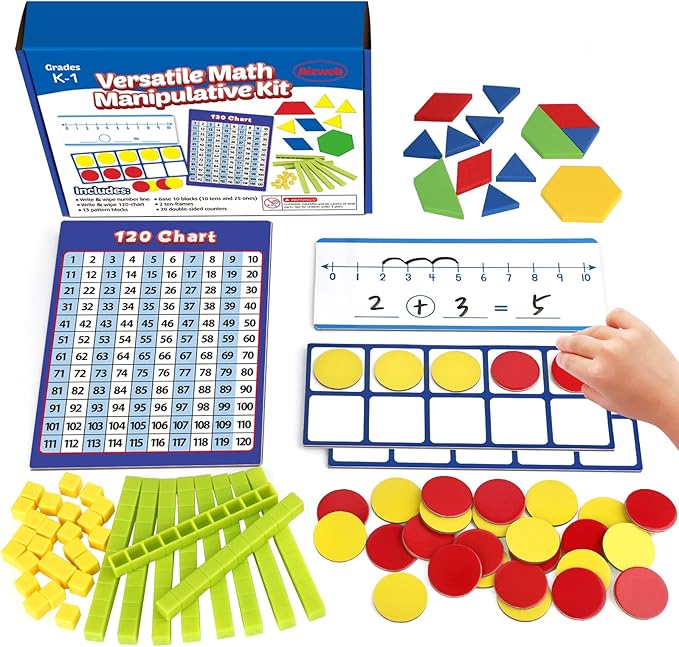By Shannon at the Southern Schoolhouse
Disclosure: This post may contain affiliate links, meaning we get a small commission if you decide to make a purchase through our links, at no cost to you.
As I have mentored various mentees over the past few years, managing reading rotations and small groups in the classroom has been a recurring topic of conversation. Every teacher has different styles and ways to organize and manage their classroom. I’ve learned that routines and consistency do not always come easily. In this article, I will provide an example of how to structure and organize your daily reading rotations.
- Develop Intentional Groups – At some point, students will rotate to small groups with you, and you want them grouped by similar needs.
- Create a Simple Rotation System – This system should be easy for the students to understand (e.g., posted on a rotation chart or the Smartboard).
- Decide How the Students Will Rotate – Will they rotate through stations, or will each table have a basket containing all the materials needed for the rotations? Depending on the length of time, a movement break might be needed.
- Determine How Students Will Get Materials – Consider whether you want:
- A box at each table for the group’s materials, or
- A group leader who retrieves materials from a consistent space.
- Develop Clear and Concise Expectations – Be clear about what you want the classroom environment to look like during this time.
- At the Start of the Rotation – Allow students to review their rotation for the day and clarify any questions before proceeding.
- Assign a Group Member to Get Materials – Let one student obtain the material basket for the group that day.
- Ensure Understanding of Independent Activities – Make sure students understand the independent activities you’ve planned for them. This will help prevent interruptions during your small group time.
- Provide Alternatives for Questions – Offer ways for students to get help without disrupting your group. For example:
- Ask a group member for help, or
- Use a clip system to indicate that they have a question.
- Prepare for Early Finishers – Ensure students have something to do if they finish an activity early. Ideas include:
- A book basket beside their desk, or
- A folder in their basket with an extra activity.
Modeling and practicing routines is especially important, depending on the grade level. This helps you tweak things that may not work as expected and allows students to see what is required of them. It’s one thing to hear instructions, but seeing them in action makes all the difference.
- For the first week (or longer, depending on the age group), have students practice the rotations without you pulling a group. You might worry that you’re not starting right away, but you’ll recoup that time once the groups are running smoothly.
- Be consistent with your expectations and routines. Address issues as soon as they arise, and remind students of the expectations. While it’s nice to have a relaxed day occasionally, set those as rewards for expected behavior. Your students will appreciate this, and you’ll benefit from fewer interruptions when working with your small groups.
I have attached the group work baskets and book boxes that I like. The baskets have handles and are big enough to hold folders for the different activities. The book boxes are tall, firm and fit a good amount of books. Both are different colors so the group can easily identify their color and grab and go.


